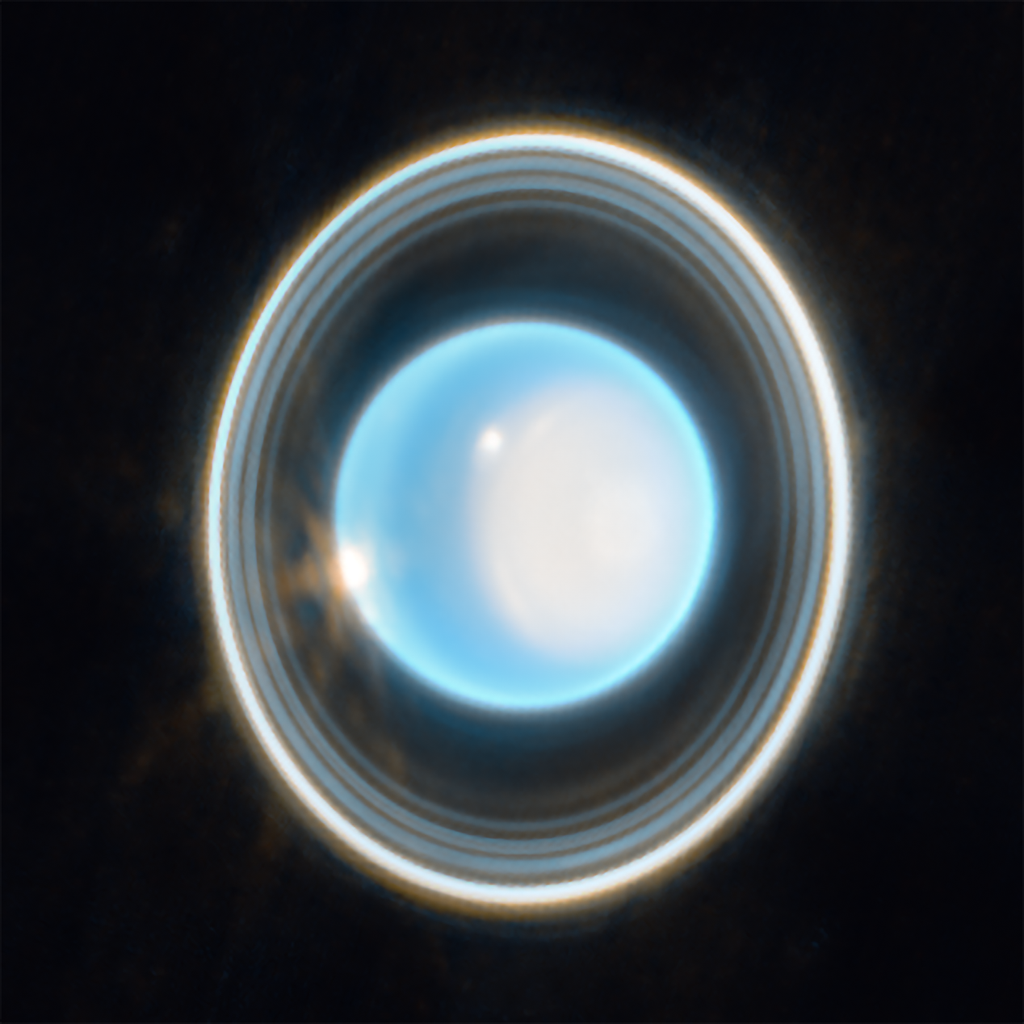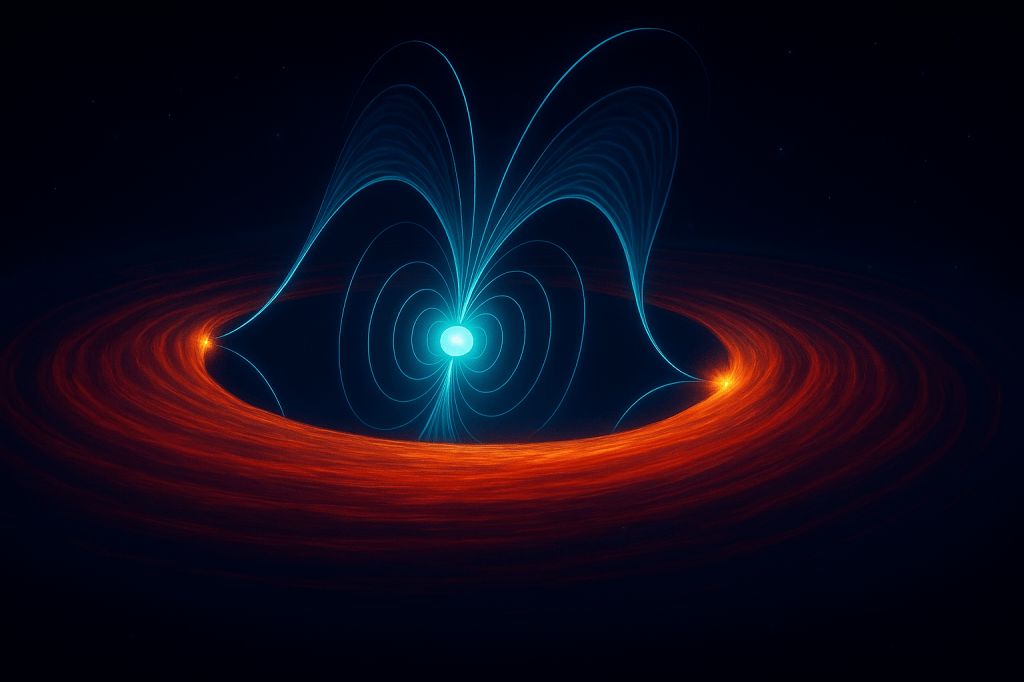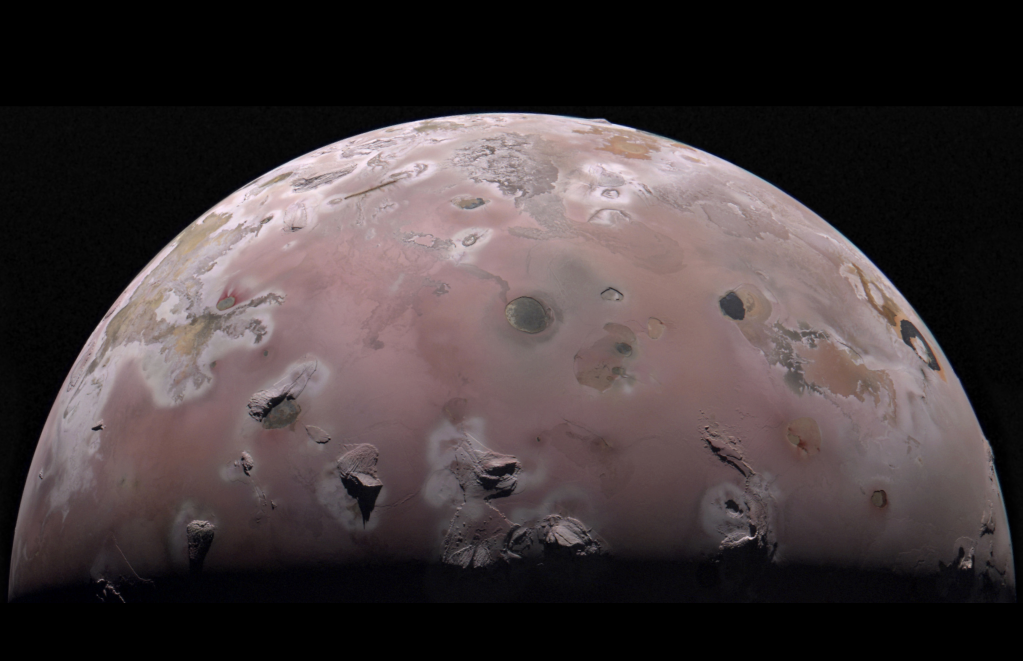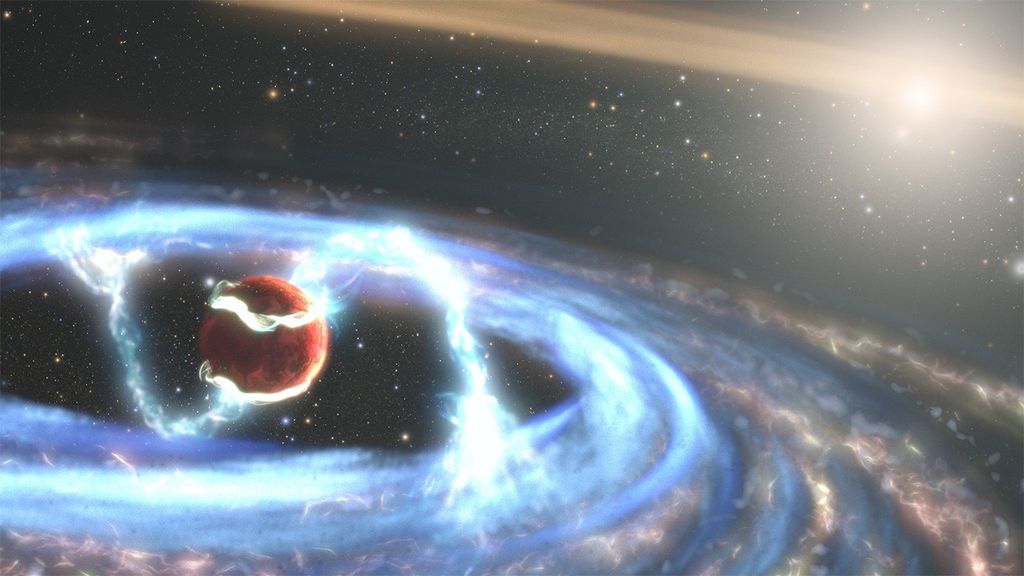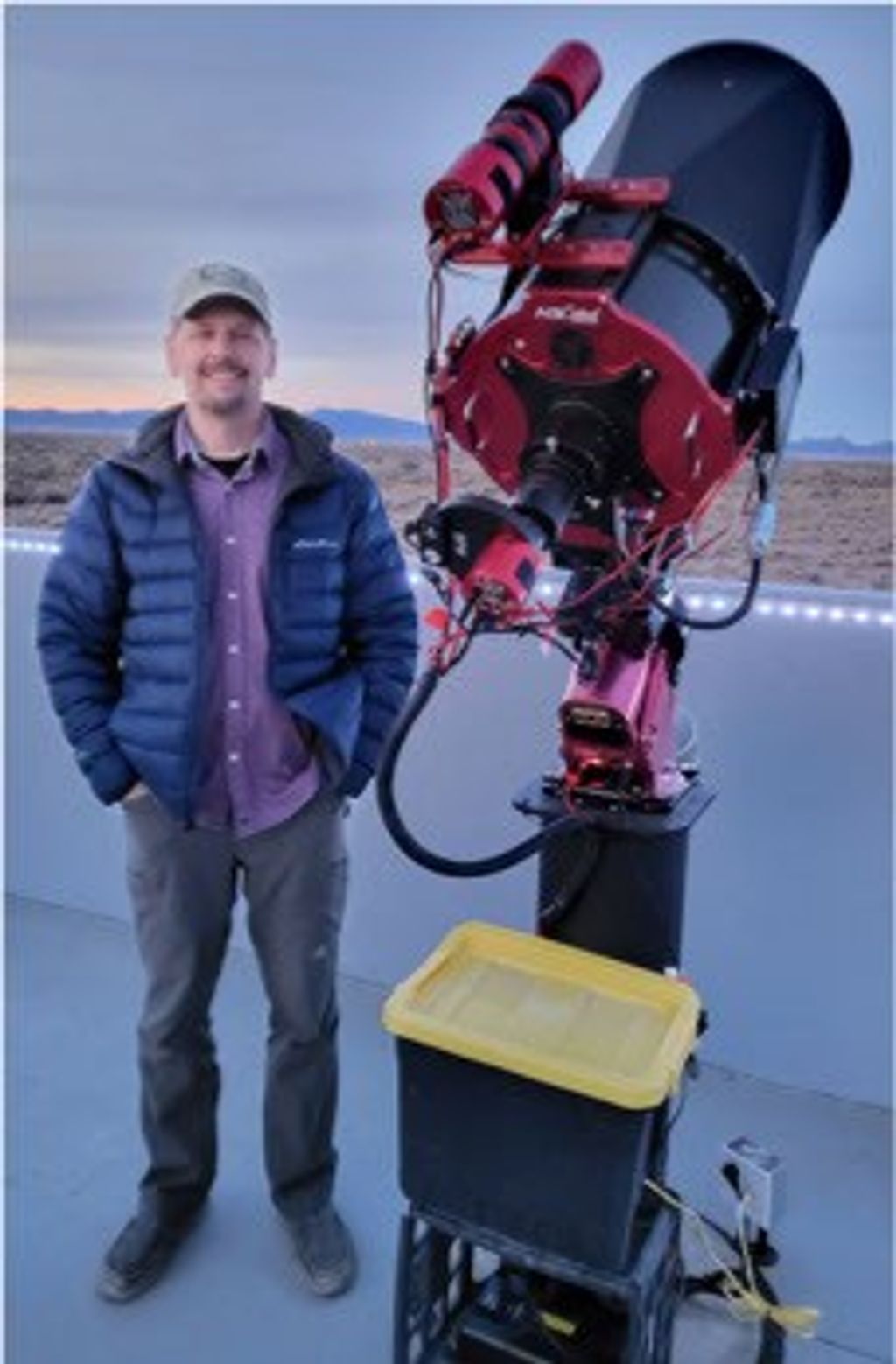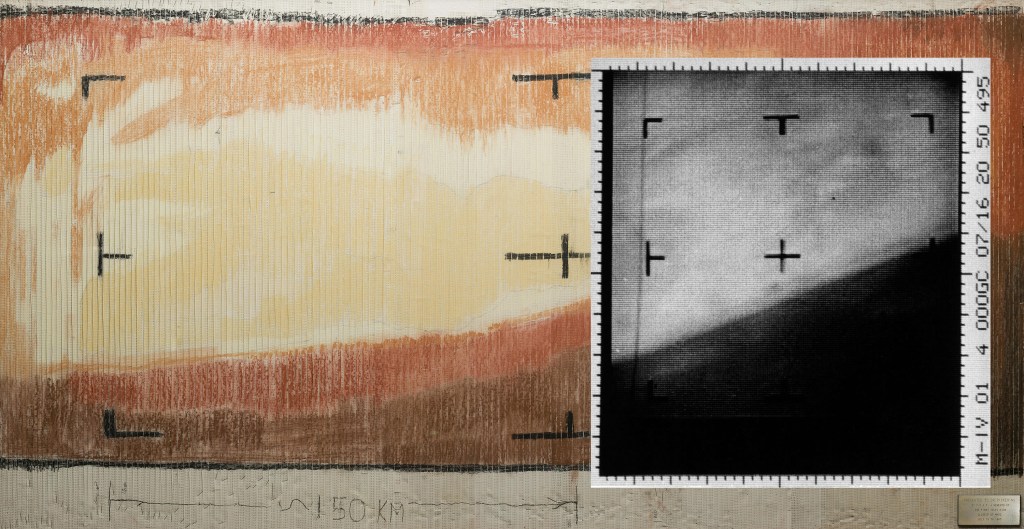1 min read
Hubble Finds Young White Dwarfs on the Fast Track
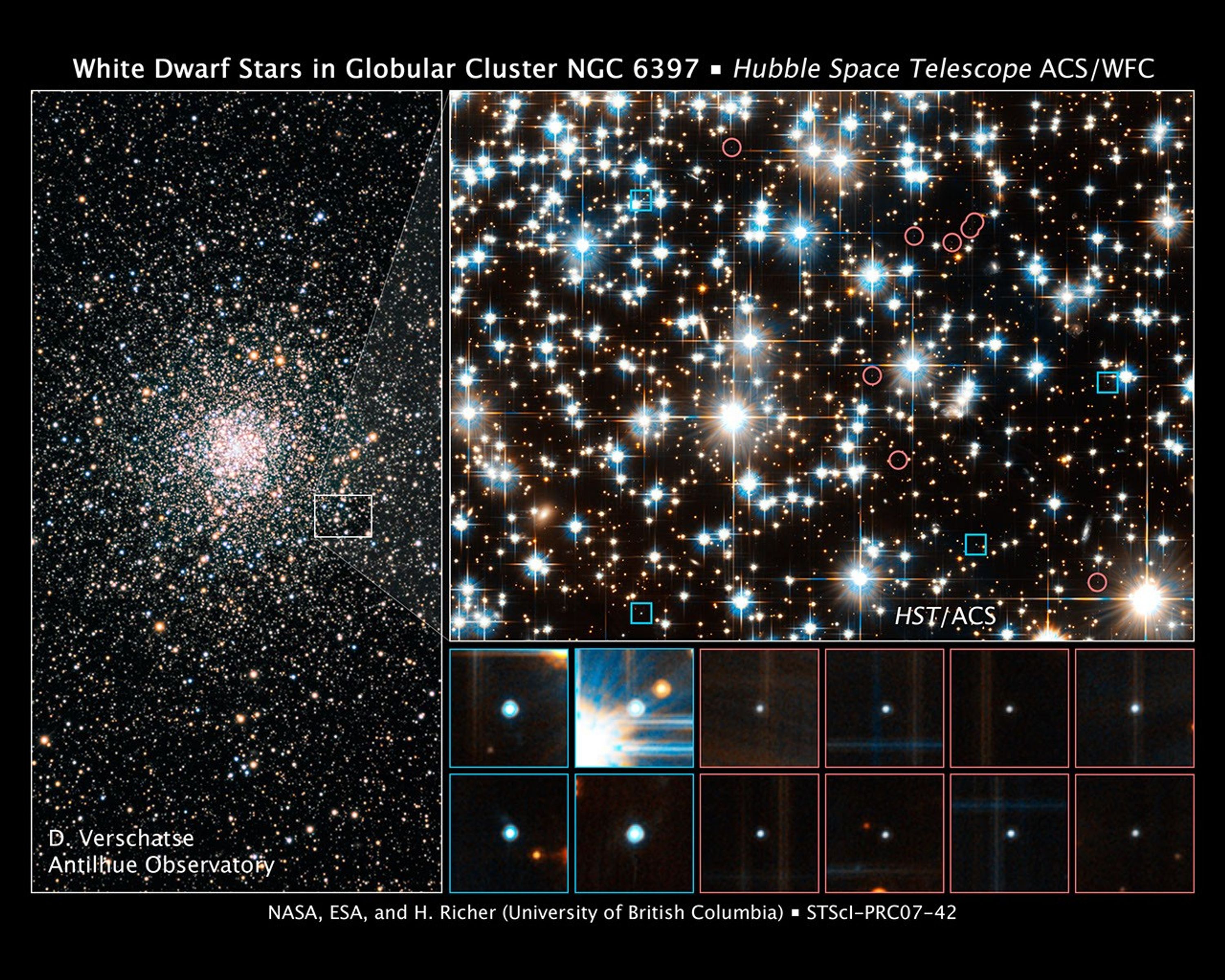
These images show young and old white dwarf stars – the burned-out relics of normal stars – in the ancient globular star cluster NGC 6397.
The image at left, taken by a ground-based telescope, shows the dense swarm of hundreds of thousands of stars that make up the globular cluster. The white box outlines the location of the observations made by NASA's Hubble Space Telescope.
The image at top, right, taken by Hubble's Advanced Camera for Surveys, reveals young white dwarfs less than 800 million years old and older white dwarfs between 1.4 and 3.5 billion years old. The photo shows 12 of the 84 white dwarfs in the Hubble study. The blue squares pinpoint the young white dwarfs; the red circles outline the older white dwarfs. The Hubble researchers distinguished the younger from the older white dwarfs based on their color and brightness. The younger white dwarfs are hotter and therefore bluer and brighter than the older ones.
The astronomers were surprised to find young white dwarfs far away from the cluster's core. They had assumed that the youngsters would reside at the center and migrate over time to the cluster's outskirts. The astronomers proposed that the cluster stars that burn out as white dwarfs are given a boost that propels them to the edge of the cluster.
Close-up images of the white dwarfs are shown at bottom, right. The blue boxes represent the young white dwarfs; the red boxes indicate the older white dwarfs.
The ground-based image was taken June 5, 2005. The Hubble images were taken in March and April 2005.
About the Object
- R.A. PositionR.A. PositionRight ascension – analogous to longitude – is one component of an object's position.17h 40m 41.35s
- Dec. PositionDec. PositionDeclination – analogous to latitude – is one component of an object's position.-53° 40' 25.29"
- ConstellationConstellationOne of 88 recognized regions of the celestial sphere in which the object appears.Ara
- DistanceDistanceThe physical distance from Earth to the astronomical object. Distances within our solar system are usually measured in Astronomical Units (AU). Distances between stars are usually measured in light-years. Interstellar distances can also be measured in parsecs.8,500 light-years (2.6 kiloparsecs)
About the Data
- Data DescriptionData DescriptionProposal: A description of the observations, their scientific justification, and the links to the data available in the science archive.
Science Team: The astronomers who planned the observations and analyzed the data. "PI" refers to the Principal Investigator.This image was created from HST data from proposal 10424: H. Richer (University of British Columbia), P. Guhathakurta (University of California, Santa Cruz), R.M. Rich (University of California, Los Angeles), J. Anderson (STScI), G. Fahlman (NRC Herzberg Institute of Astrophysics/National Research Council Canada, Saanich, British Columbia), B. Gibson (Swineburne University of Technology, Australia), B. Hansen (University of California, Los Angeles), J. Hurley (Swinburne University of Technology, Australia), J. Kalirai (University of California, Santa Cruz), I. King (University of Washington, Seattle), M. Shara (American Museum of Natural History), and P. Stetson (National Research Council/Herzberg Institute of Astrophysics, Canada). The science team comprises: H. Richer (University of British Columbia), I. King (University of Washington, Seattle), J. Anderson (STScI), J. Coffey (University of British Columbia, Vancouver), G. Fahlman (Herzberg Institute of Astrophysics/National Research Institute of Canada, British Columbia), J. Hurley (Swinburne University of Technology, Australia), and J. Kalirai (University of California, Santa Cruz). - InstrumentInstrumentThe science instrument used to produce the data.Antilhue Observatory (left) and HST>ACS/WFC (right)
- Exposure DatesExposure DatesThe date(s) that the telescope made its observations and the total exposure time.June 5, 2005 (left), and March and April, 2005 (right)
- FiltersFiltersThe camera filters that were used in the science observations.ACS/WFC: F606W (V) and F814W (I)
- Object NameObject NameA name or catalog number that astronomers use to identify an astronomical object.NGC 6397
- Object DescriptionObject DescriptionThe type of astronomical object.Globular Cluster, White Dwarf Stars
- Release DateDecember 4, 2007
- Science ReleaseHow White Dwarfs Get Their ‘Kicks’
- Credit

The HST images are composites of many separate exposures made by the ACS instrument on the Hubble Space Telescope using several different filters. Three filters sample broad wavelength ranges, one isolates the light of hydrogen. The color results from assigning different hues (colors) to each monochromatic image. In this case, the assigned colors are: Orange: F814W (I) Cyan: F606W (V)
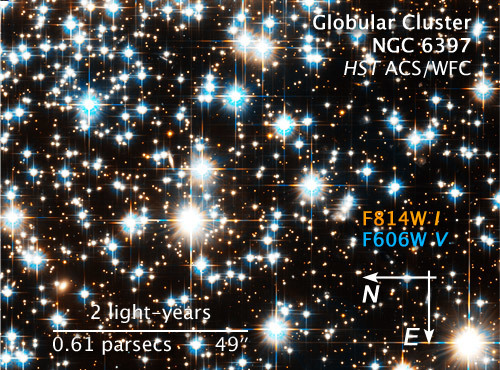
Share
Details
Claire Andreoli
NASA’s Goddard Space Flight Center
Greenbelt, Maryland
claire.andreoli@nasa.gov


